
Deutsch-Chinesische Enzyklopädie, 德汉百科
 World Heritage
World Heritage

 Azerbaijan
Azerbaijan
 Eurovision Song Contest,ESC
Eurovision Song Contest,ESC
 UEFA European Championship 2020
UEFA European Championship 2020

 History
History
 Silk road
Silk road

 World Heritage
World Heritage

巴库(Baku, Баку)是阿塞拜疆首都和全国经济、文化中心。里海最大港口。位于阿普歇伦米岛南部,是石油工业中心,有“石油城”之誉。也是前苏联外高加索最大城市。 巴库由10个行政区和46个城镇组成,面积2200平方公里。人口182.88万。1月平均气温为4℃,7月平均气温为27.3℃。 在18世纪,巴库为巴库汗国都城。19世纪70年代开始工业性采油,19世纪末成为外高加索工业中心和石油基地,有22大炼油基地,其他工业多与石油有 关。1991年8月成为独立后阿塞拜疆的首都。城市西部的比比埃巴特区为老采油区。东部的基什雷区和邵武勉区为重要工业区。石油是巴库的经济命脉。石油开 采正向深处和外围海域发展。以石油、天然气开采和石油加工为主要工业,还有石油机械、电力和轻工 、食品工业。外高加索主要铁路枢纽,铁路通罗斯托夫、第比利斯和埃里温。有输油管道通黑海港口巴统。巴库是里海航运中心,可泊中等吨位船舶。城市中部为行 政、文化和居住区。建有科学院,大学和博物馆。里海最大港口,有“石油城”之誉。市内建有地铁,有阿塞拜疆科学学院、阿塞拜疆大学、石油化工学院等多所高 等院校。城市的中部是行政、文化区域,有历史博物馆和艺术博物馆。老城区以旧要塞为中心。 巴库是一座有着悠久历史的古城,城内有众多名胜古迹,如11世纪建造的瑟纳克一卡尔清真寺塔,12世纪的克孜一卡拉瑟塔楼,13世纪的巴伊洛夫石堡,15 世纪的希尔凡王宫及17世纪的汗王宫殿至今保存完好。2000年联合国教科文组织将巴库墙城及城内的希尔梵国王宫殿和少女塔作为文化遗产,列入《世界遗产 名录》。(Quelle:http://you.kuxun.cn)
巴库(阿塞拜疆语:Bakı,[bɑˈcɯ] (ⓘ))是阿塞拜疆的首都、经济文化中心。巴库同时也是里海最大港口,外高加索最大城市[4]。它的海拔是低于海平面28米(92英尺) ,使它成为世界上海拔最低的首都以及低于海平面的最大城市。面积2192平方公里,人口300万(2008年计算)[5]。巴库全市分为内城和新城两部分(亦有将苏联时期兴建区域分别划分的)。
在2007年,伊斯兰会议组织文化部长宣布巴库为2009年伊斯兰文化中心。为2015年第一届欧洲运动会主办国。巴库曾先后申办2016年夏季奥运会和2020年夏季奥运会,但皆因基础设施不完备没有入围。不过由于阿塞拜疆歌手艾尔与妮基在2011年欧洲歌唱大赛获得冠军,终使巴库获得举办2012年欧洲歌唱大赛的机会。
Baku (aserbaidschanisch Bakı / باکی; russisch Баку́ Baku) ist die Hauptstadt Aserbaidschans. Mit zwei Millionen Einwohnern in der Stadtprovinz ist Baku die bevölkerungsreichste und flächengrößte Stadt des Landes und des gesamten Kaukasus. Die Stadt an der Küste des Kaspischen Meeres ist Verkehrsknotenpunkt sowie Wirtschafts- und Kulturzentrum mit mehreren Universitäten, Hochschulen, Forschungsinstituten, Theatern und Museen. Durch die Lage innerhalb eines Erdölfördergebiets ist Baku der Knotenpunkt mehrerer Erdölleitungen und besitzt einen bedeutenden Erdölhafen. Baku kann aufgrund seiner günstigen Lage an mehreren historischen Handelswegen auf eine reiche Stadtgeschichte zurückblicken. In der Altstadt, die seit 2000 den Status eines UNESCO-Welterbes hat, sind zahlreiche Paläste, Moscheen und Festungsbauten erhalten geblieben.
バクー(Baku)は、アゼルバイジャン共和国の首都。カスピ海西岸に突き出したアブシェロン半島南岸に位置し、市街はバクー湾に面するように広がった港町である。行政的には11の行政区、48の町区に分割されており、2005年時点の総人口は2,045,815人[1]。アゼルバイジャン最大の都市であると同時に、南カフカース地域でも有数の大都市である。大規模な油田(バクー油田)をもち、帝政ロシア時代から石油の生産地として発展してきた。
日本語名のバクーはキリル文字綴りによるロシア語綴り・アゼルバイジャン語(アゼリー語)旧綴り Баку (Baku) に基づくが、アゼルバイジャン語の発音では母音の前で子音 k が軟音化するためカタカナ表記するならば「バキュ」に近く、現在アゼルバイジャンで使われているアゼルバイジャン語のラテン文字正書法では Bakı と綴る。バクーという名前の由来には諸説あるが、最も一般的なものは、ペルシャ語で「風が吹きつけた」という意味の "bād-kūbe"(バード・クーベ)から来ているとする説が一般的である。
気候は晴天が多く、乾燥している。寒気と暖気がぶつかることで起きる強風が時折吹き付け、先述した語源の根拠となっている。海岸は美しく、市街近郊には温泉や鉱泉がある。
市街の中心はその南西部にあり、イチェリ・シェヘル (İçəri Şəhər) すなわち「内城」と呼ばれる城壁に囲まれた旧市街と、帝政ロシア時代にその周囲に築かれた新市街とに分かれる。その周囲、北から東にかけての平地から丘陵の斜面一帯にソビエト連邦時代につくられた市街が広がっている。近年は豊富なオイルマネーをもとに近未来的な巨大建築物が出現し、「第二のドバイ」「第二のシンガポール」とも呼ばれている[2]。
Baku (/bəˈkuː/ bə-KOO, /ˈbɑːkuː/ BAH-koo; Azerbaijani: Bakı, IPA: [bɑˈcɯ]) is the capital and largest city of Azerbaijan, as well as the largest city on the Caspian Sea and of the Caucasus region, with a population of 2,262,600 (January 1, 2018). Baku is located 28 metres (92 ft) below sea level, which makes it the lowest lying national capital in the world and also the largest city in the world located below sea level. It is located on the southern shore of the Absheron Peninsula, alongside the Bay of Baku. At the beginning of 2009, Baku's urban population was estimated at just over two million people.[5] Officially, about 25 percent of all inhabitants of the country live in Baku's metropolitan area. Baku is the sole metropolis in Azerbaijan.
Baku is divided into twelve administrative districts (raions) and 48 townships. Among these are the townships on the islands of the Baku Archipelago, and the town of Oil Rocks built on stilts in the Caspian Sea, 60 kilometres (37 miles) away from Baku. The Inner City of Baku, along with the Shirvanshah's Palace and Maiden Tower, were inscribed as a UNESCO World Heritage Site in 2000. According to the Lonely Planet's ranking, Baku is also among the world's top ten destinations for urban nightlife.[6]
The city is the scientific, cultural, and industrial center of Azerbaijan. Many sizeable Azerbaijani institutions have their headquarters there. The Baku International Sea Trade Port is capable of handling two million tons of general and dry bulk cargoes per year.[7] In recent years, Baku has become an important venue for international events. It hosted the 57th Eurovision Song Contest in 2012, the 2015 European Games, 4th Islamic Solidarity Games, the F1 Azerbaijan Grand Prix since 2016, and will host UEFA Euro 2020. The city is bidding for Expo 2025 against Yekaterinburg, Russia and Osaka, Japan.
La ville de Bakou (azéri : Bakı, IPA: [bɑˈcɯ]) est la capitale de l'Azerbaïdjan. Elle se trouve dans l'est du pays, sur la rive sud de la péninsule d'Abşeron, au bord de la mer Caspienne. Son histoire débute au Ier millénaire avant Jésus-Christ, mais les traces écrites les plus anciennes ne datent que du Ve siècle.
En 2011, sa population est estimée à 2 045 815 habitants1 et 3 millions de personnes environ vivent dans l'agglomération.
Baku (pron. bakù[2]; in azero: Bakı?; in russo: Баку?), conosciuta anche come Baqy, Baky o Baki, in italiano Bacù[2], è la capitale, la più grande città e il più grande porto dell'Azerbaigian e di tutto il Caucaso.
È considerata una delle più antiche e più grandi città dell'Oriente. Situata sulla costa meridionale della penisola di Abşeron, la città si compone di tre parti principali: il centro, la vecchia Città Murata estesa sul territorio di 21,5 ettari e la parte della città costruita nell'epoca sovietica. La sua popolazione nel 2014 era stimata in 2.122.300 di abitanti.
Bakú (en azerí, Bakı, [bɑˈkɯ]) es la capital y ciudad más poblada de Azerbaiyán, del mar Caspio y del Cáucaso. Está situada en la costa sur de la península de Absheron, que se proyecta en el Caspio. La ciudad se compone de dos partes principales: el centro y la ciudad vieja interior. En enero de 2018 Bakú tenía una población de 2.262.600 habitantes,3 de los cuales 153.400 eran desplazados internos y 143.400 refugiados de la guerra de Nagorno Karabaj.
Bakú se divide en once distritos administrativos (raiones) y 48 municipios. Entre estos se encuentran los municipios de las islas de la bahía de Bakú y Neft Daşları construidas sobre pilotes en el mar Caspio, a 60 km de Bakú. El centro urbano de la ciudad, con el Palacio de los Shirvanshah y la Torre de la Doncella, fue inscrito por la Unesco como Patrimonio de la Humanidad en 2000. De acuerdo con la clasificación de Lonely Planet, Bakú también se encuentra entre los diez mejores destinos de vida nocturna urbana del mundo.4
La ciudad fue uno de los mayores centros petrolíferos de la antigua Unión Soviética y actualmente es el centro científico, cultural e industrial de Azerbaiyán. Muchas instituciones importantes de Azerbaiyán tienen su sede allí, incluyendo SOCAR, una de las cien principales empresas del mundo, entre otras.5 El Puerto de Comercio Marítimo Internacional de Bakú, protegido por las islas del archipiélago Bakú hacia el este y la península de Absheron al norte, es capaz de transportar dos millones de toneladas de carga general y seca a granel por año.6 La ciudad acogió el 57.º Festival de Eurovisión en 2012 y fue la sede de los Juegos Europeos 2015, es la sede del Gran Premio de Azerbaiyán de Fórmula 1 desde 2016 y será la sede del Campeonato Mundial de Ciclismo BMX en 2018 y de la EURO 2020.7
Баку́ (азерб. Bakı, МФА (азерб.): [bɑˈcɯ]) — столица Азербайджанской Республики, крупнейший промышленный, экономический и научно-технический центр Закавказья, а также самый крупный порт на Каспийском море и самый большой город на Кавказе[9][10].
Площадь территории, которая административно управляется Баку, составляет 2150 км²[1]; население данной территории — 2 181,8 тыс. жителей (на 1 января 2014 года). Баку расположен на южном берегу Апшеронского полуострова. Город по своей древности, величине территории и численности населения является одним из старинных и крупнейших городов Востока. Население всего Апшеронского полуострова (Бакинской агломерации) составляет 2 673,7 тыс. жителей[7]. Баку удостоен в 2010 году Программой ООН по окружающей среде (UNEP) звания одного из главных городов по проведению Всемирного дня окружающей среды. Подобные города избираются ежегодно. В 2010 году, наряду с Баку, этих званий были удостоены также Генуя (Италия) и Женева (Швейцария)[11].

班贝格(德语:Bamberg),也译作班堡、班贝克或巴姆贝格,是德国巴伐利亚州的直辖市,位于巴伐利亚北部,隶属于上弗兰肯行政区,也是班贝格县的首府。班贝格是一座大学城和行政城市,是天主教班贝格总教区的驻地,也是上弗兰肯地区的重要中心。班贝格老城是德国最大的一座未受战争毁坏的历史城区,1993年入选联合国教科文组织的世界文化遗产名录。班贝格还以多种特产啤酒而出名。
Bamberg (mittelalterlich: Babenberg, bambergisch: „Bambärch“) ist eine kreisfreie Stadt im bayerischen Regierungsbezirk Oberfranken und Standort des Landratsamtes Bamberg. Sie ist die größte Mittelstadt Bayerns, Universitäts-, Schul- und Verwaltungsstadt, wichtiges Wirtschaftszentrum Oberfrankens sowie Sitz des gleichnamigen Erzbistums. Das bekannteste Bauwerk ist der viertürmige Bamberger Dom, einer der früheren Kaiserdome.
Die Stadt ist in der Landesplanung als Oberzentrum des westlichen Oberfrankens ausgewiesen und zählt zur Metropolregion Nürnberg. Bamberg hat etwa 77.000 Einwohner und ist damit die größte Stadt Oberfrankens, die Agglomeration hat rund 112.000 Einwohner.[2]
Die Altstadt ist der größte unversehrt erhaltene historische Stadtkern in Deutschland und seit 1993 als Weltkulturerbe in die Liste der UNESCO eingetragen.[3] Darüber hinaus ist Bamberg überregional bekannt für seine vielfältige Biertradition.
Bamberg (German pronunciation: [ˈbambɛɐ̯k]) is a town in Upper Franconia, Germany, on the river Regnitz close to its confluence with the river Main. A large part of the town has been a UNESCO World Heritage Site since 1993.
Bamberg Écouter (parfois orthographié Babenberg ; Bambärch en bambergeois (de)) est une ville allemande, située dans le sud du pays, dans le nord du Land de Bavière et la région de Haute-Franconie. Elle est le chef-lieu de l'arrondissement de Bamberg et le centre urbain (de) de l'ouest de la région. Elle dépend de la région métropolitaine de Nuremberg (de).
Ville de taille moyenne, elle abrite une université, un archidiocèse et est un centre économique pour la région.
Depuis le début de XIXe siècle, Bamberg a été rattachée à la Bavière. Ville épiscopale, troisième site historique, Bamberg abrite 2 200 monuments historiques. Les églises médiévales côtoient des maisons bourgeoises de style baroque et des édifices monumentaux. Le monument le plus réputé de cette ville est la cathédrale Saint-Pierre et Saint-Georges, dont les quatre tours s'élèvent par-dessus la ville, et qui est l'une des plus anciennes cathédrales de l'Empire.
Bâtie sur sept collines, la ville est née au Moyen Âge et a été transformée aux XVIIe et XVIIIe siècles en cité baroque par les princes-évêques.
En 1007 avec sa femme Cunégonde, Henri II choisit Bamberg comme capitale et évêché. En 1014, il est sacré Empereur du Saint-Empire. L'ancien hôtel de ville du XIVe siècle est bâti sur une île artificielle de la rivière Regnitz.
Sous le règne des princes-évêques Lothaire-François de Schönborn (1693-1729) et Frédéric-Charles de Schönborn-Buchheim (1729-1745), la ville connut, à l'époque baroque, une floraison culturelle.
C'est un important centre économique et culturel de la Franconie (en allemand Franken). Les destructions que connurent la majorité des villes allemandes durant la Seconde Guerre mondiale furent épargnées à Bamberg qui n'était alors pas industrialisée.
« Ville de rêve » (« Traumstadt »), Bamberg est inscrite au patrimoine mondial de l'UNESCO depuis 1993 et son cœur historique figure parmi les mieux préservés d'Allemagne.
La ville compte aujourd'hui environ 75 000 habitants, et jusqu'à 112 000 en tenant compte de l'agglomération.
Bamberga (in tedesco Bamberg, in francone orientale Bambärch) è una città extracircondariale della Baviera, in Germania. È situata nell'Alta Franconia sul fiume Regnitz, vicino alla confluenza col fiume Meno. La sua popolazione è di 69.989 abitanti (2008).[1]
Bamberga è nota anche per la sua intensa produzione di birra ed in particolare per il birrificio Schlenkerla, che risale all'epoca medioevale, e produce la caratteristica ed unica Rauchbier.
La città sorge su sette colli: Domberg, Michaelsberg, Kaulberg/Obere Pfarre, Stefansberg, Jakobsberg, Altenburg e Abtsberg.
Bamberg o Bamberga (en alemán: Bamberg) es una ciudad en la región de Baviera, en Alemania, a orillas del río Regnitz.
Бамберг (нем. и бав. Bamberg, в Средневековье Babenberg, в.-франк. Bambärch) — город окружного подчинения в Верхней Франконии, земля Бавария, Германия. Расположен у реки Регниц. Город является центром городского самоуправления. В городе находится Университет Отто-Фридриха, работают государственные учреждения. Бамберг, как и Рим, расположен на семи горах. В Средние века Бамберг называли «немецким Римом». В соборе Бамберга погребён Климент II (папа римский) — единственный папа, похороненный севернее Альп.
Бамберг — один из немногих старинных городов Германии, уцелевших во время Второй мировой войны и составляющих её историческое наследие. В 1993 году город Бамберг был включен в список Всемирного наследия ЮНЕСКО.
В период 1945 — 2014 гг. в Бамберге базировались американские военные. Они покинули город в сентябре 2014 года.
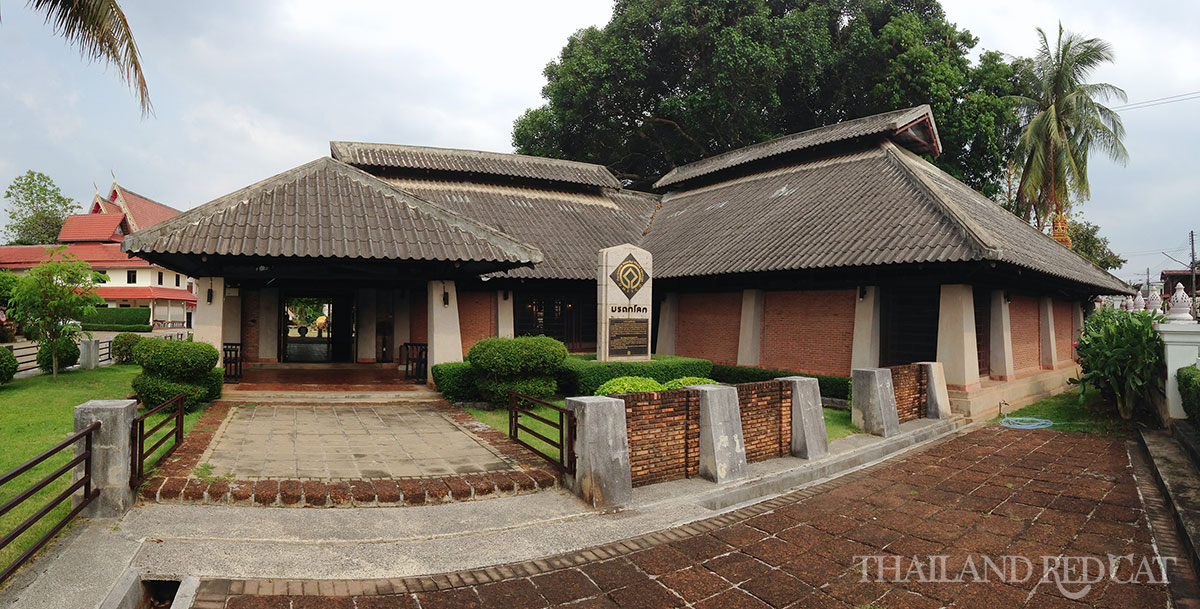
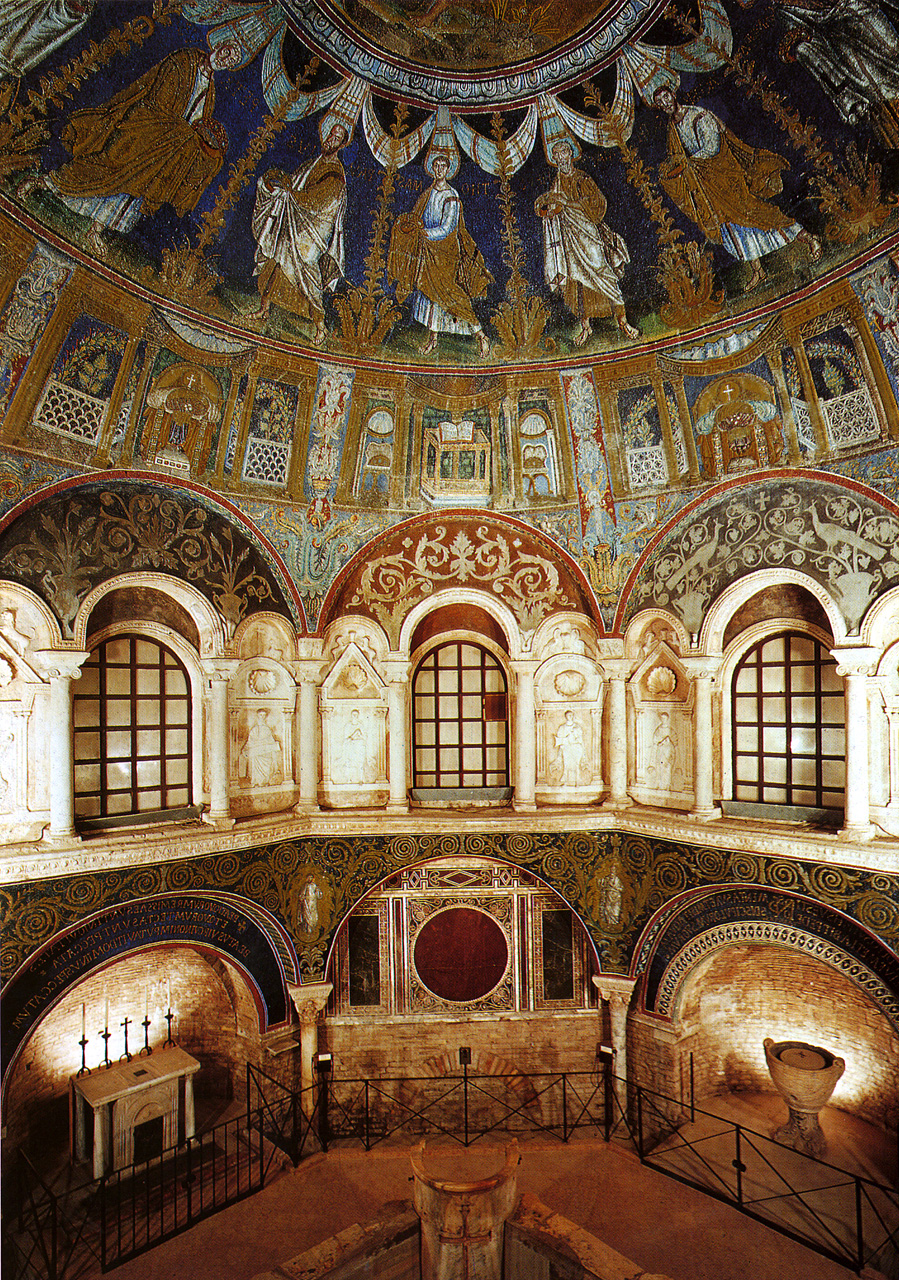


Jahrhunderten das Herz und die Seele der Wirtschaft. Die UNESCO-Anerkennung ist somit nicht nur für das Land der Weinberge, Burgen und mittelalterlichen Türme eine Belohnung, sondern auch für die jahrhundertelange Arbeit der Bevölkerung. Weinbau im Langhe 2.000 Weingüter10.000 Hektar WeinbauflächeWichtigste Rebsorten: Dolcetto, Barbera, Nebbiolo, Arneis66 Millionen Flaschen60% Export Barolo in Zahlen Elf Gemeinden, in denen produziert wird700 Weingüter2.000 Hektar Anbaufläche13 Millionen Flaschen80% Export Barbaresco in Zahlen Vier Gemeinden, in denen produziert wird350 Weingüter700 Hektar Rebfläche4,3 Millionen Flaschen70% Export
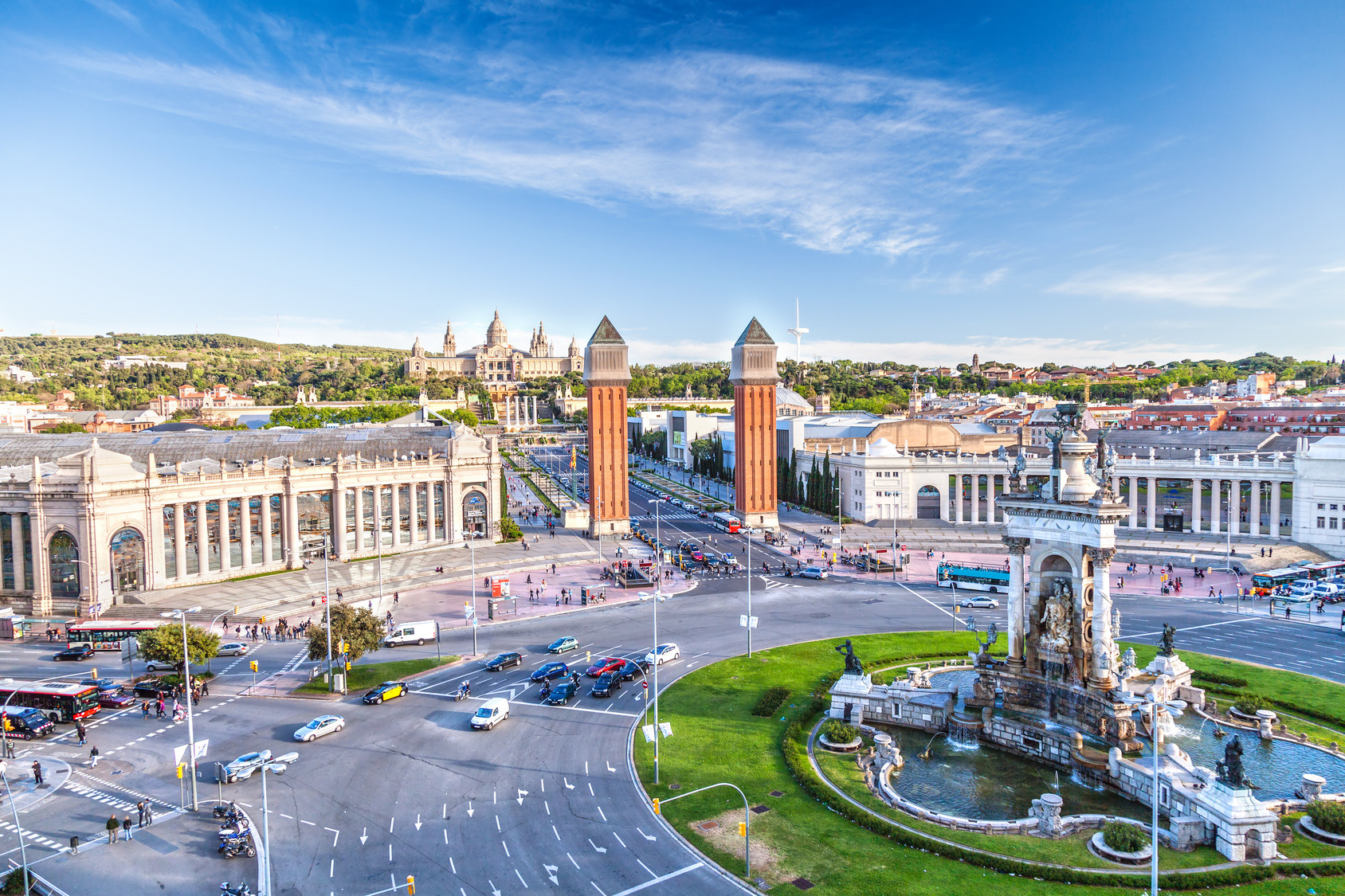
这座城市在展示通俗文化的同时,也没有忘记根深蒂固的传统。比如说,梅尔塞节还有在格拉西亚区、桑斯区或波布雷诺区举办的节庆活动,都向游客提供着不可多得的认识巴塞罗那的欢庆一面的机会。
以蔬果,新鲜水产香肠和橄榄油为基本原料,传统与现代相融合的烹饪手艺可以烹制出具有革新性又富有想象力的美食。于此,手工糖果和泡沫葡萄酒只能浅浅地触摸到巴塞罗那饮食文化的精髓。
巴塞罗那(加泰罗尼亚语:Barcelona,西班牙语:Barcelona)是西班牙加泰罗尼亚首府和巴塞罗那省省会,位于伊比利亚半岛的东北面,濒临地中海,全市人口约160万,都会区人口则约500万,为加泰罗尼亚第一大城。加泰罗尼亚的议会、行政机构、高等法院等政府中枢机构,以及最高首长均驻设于此。1999年,巴塞罗那由美国《国家地理杂志》评选为50个人生必游景点之一。
相传巴塞罗那由迦太基将领、汉尼拔的父亲哈米尔卡·巴卡所兴建,在其漫长的历史上还曾作为巴塞罗那伯爵领地和阿拉贡王国的都城。巴塞罗那因其众多历史建筑和文化景点成为众多旅游者的目的地,其中之代表是被列入联合国世界遗产的安东尼·高第和路易·多门内克·蒙塔内的建筑作品。安东尼·高第一直在巴塞罗那生活和工作,在这里有他很多的作品,其中最著名的包括桂尔宫、桂尔公园和圣家堂。巴塞罗那尚有两个知名的足球俱乐部:巴塞罗那和皇家西班牙人,其中巴塞罗那是世界最著名的足球俱乐部之一。
Barcelona (katalanisch [bəɾsəˈɫonə]; spanisch [baɾθeˈlona]; deutsch [baɐ̯səˈloːna] oder [baɐ̯t͡səˈloːna]) ist die Hauptstadt Kataloniens und nach Madrid die zweitgrößte Stadt Spaniens. Sie liegt am Mittelmeer, circa 120 Kilometer südlich der Pyrenäen und der Grenze zu Frankreich. Barcelona ist Verwaltungssitz der gleichnamigen Provinz und der Comarca Barcelonès.
Innerhalb des Stadtgebietes leben etwa 1,65 Millionen Menschen. Damit ist Barcelona die elftgrößte Gemeinde der Europäischen Union, nach Hamburg die zweitgrößte, die nicht die Hauptstadt eines Mitgliedstaates ist, und nach Paris die am zweitdichtesten besiedelte Millionenstadt Europas. Zusammen mit den in der Àrea Metropolitana de Barcelona zusammengeschlossenen Gemeinden der Agglomeration beträgt die Einwohnerzahl 3,16 Millionen. Im weiteren Einzugsbereich der Metropolregion (Àmbit Metropolità de Barcelona) leben insgesamt 4,86 Millionen Menschen. Mit jährlich mehr als sieben Millionen Touristen aus dem Ausland zählt Barcelona überdies zu den drei meistbesuchten Städten Europas.[2]
Barcelona (/ˌbɑːrsəˈloʊnə/ BAR-sə-LOH-nə, Catalan: [bəɾsəˈlonə], Spanish: [baɾθeˈlona]) is a city in Spain. It is the capital and largest city of Catalonia, as well as the second most populous municipality of Spain. With a population of 1.6 million within city limits,[5] its urban area extends to numerous neighbouring municipalities within the Province of Barcelona and is home to around 4.8 million people,[3][7] making it the sixth most populous urban area in the European Union after Paris, London, Madrid, the Ruhr area and Milan.[3] It is the largest metropolis on the Mediterranean Sea, located on the coast between the mouths of the rivers Llobregat and Besòs, and bounded to the west by the Serra de Collserola mountain range, the tallest peak of which is 512 metres (1,680 feet) high.
Founded as a Roman city, in the Middle Ages Barcelona became the capital of the County of Barcelona. After merging with the Kingdom of Aragon, Barcelona continued to be an important city in the Crown of Aragon as an economic and administrative centre of this Crown and the capital of the Principality of Catalonia. Barcelona has a rich cultural heritage and is today an important cultural centre and a major tourist destination. Particularly renowned are the architectural works of Antoni Gaudí and Lluís Domènech i Montaner, which have been designated UNESCO World Heritage Sites. The headquarters of the Union for the Mediterranean are located in Barcelona. The city is known for hosting the 1992 Summer Olympics as well as world-class conferences and expositions and also many international sport tournaments.
Barcelona is one of the world's leading tourist, economic, trade fair and cultural centres, and its influence in commerce, education, entertainment, media, fashion, science, and the arts all contribute to its status as one of the world's major global cities.[8][9] It is a major cultural and economic centre in southwestern Europe, 24th in the world (before Zürich, after Frankfurt)[10] and a financial centre. In 2008 it was the fourth most economically powerful city by GDP in the European Union and 35th in the world with GDP amounting to €177 billion.[11] In 2012 Barcelona had a GDP of $170 billion; and it was leading Spain in employment rate in that moment.[12]
In 2009 the city was ranked Europe's third and one of the world's most successful as a city brand.[13] In the same year the city was ranked Europe's fourth best city for business and fastest improving European city, with growth improved by 17% per year,[14] and the city has been experiencing strong and renewed growth for the past three years. Since 2011 Barcelona has been a leading smart city in Europe.[15] Barcelona is a transport hub, with the Port of Barcelona being one of Europe's principal seaports and busiest European passenger port,[16] an international airport, Barcelona–El Prat Airport, which handles over 40 million passengers per year,[17] an extensive motorway network, and a high-speed rail line with a link to France and the rest of Europe.[18]
Barcelone (Barcelona en catalan, prononcé /bəɾsəˈlonə/, et en espagnol, prononcé /baɾθeˈlona/) est la capitale administrative et économique de la Catalogne, de la province de Barcelone, de la comarque du Barcelonès ainsi que de son aire et de sa région métropolitaines, en Espagne.
Barcelone est la deuxième ville d'Espagne en termes de population, d'économie et d'activités, la onzième ville la plus peuplée de l'Union européenne et la sixième en incluant sa banlieue4: 4,84 millions de personnes vivent dans l'agglomération barcelonaise5. La majeure partie des municipalités adjacentes sont en outre rassemblées dans l'Aire métropolitaine de Barcelone.
Située sur le littoral méditerranéen, elle est traversée par les fleuves Llobregat et Besòs et bordée à l'ouest par la serra de Collserola qui culmine à 512 mètres (sommet : Tibidabo). Elle est considérée comme ville mondiale en raison de son importance dans les domaines de la finance, du commerce international, de l'édition, des arts, du divertissement et des médias. Barcelone est donc un centre économique majeur qui jouit de surcroît d'un des principaux ports méditerranéens et du deuxième aéroport espagnol derrière celui de Madrid-Barajas. Elle est aussi la ville qui possède le plus grand parc métropolitain du monde, le parc Collserola, devant Central Park à New York. Ayant été fondée par les Romains, la ville devint la capitale des comtes de Barcelone puis l'une des villes majeures de la Couronne d'Aragon et, après, la capitale de la principauté de Catalogne. Redessinée plusieurs fois pendant son histoire, elle est une destination touristique majeure et jouit d'un patrimoine culturel unique. Le palais Güell (en 1984), la Casa Milà, le parc Güell, le palais de la musique catalane et l'hôpital de Sant Pau figurent d'ailleurs sur la liste du patrimoine mondial de l'UNESCO. En outre, la ville est également connue pour avoir accueilli les Jeux olympiques en 1992 et, plus récemment, le siège de l'union pour la Méditerranée. Chaque année, les visiteurs arrivent par milliers et le nombre augmente de plus en plus. En 2015, un total de 8 988 038 touristes ont visité Barcelone6.
Barcellona (AFI: /barʧelˈlona/[1]; in catalano e spagnolo Barcelona) è una città di 1.620.809 abitanti (area metropolitana istituzionale: 3.239.337 abitanti) della Spagna, capoluogo della Catalogna, una comunità autonoma della parte nord-orientale dello Stato, oltre che dell'omonima provincia e della comarca del Barcelonès. Soprannominata Ciutat Comtal o Ciudad Condal (Città dei Conti), è la seconda città della Spagna per numero di abitanti dopo la capitale Madrid.
Nel 1992 fu sede dei Giochi Olimpici estivi. Nel 2004 vi si è tenuto per la prima volta assoluta il Forum Universale delle Culture, la città ha ospitato l'Esposizione internazionale del 1888 e quella del 1929, ed è la sede fissa del Mobile World Congress e dell'Unione per il Mediterraneo. Forte del turismo, del porto e della vicinanza alla Francia (160 km da Le Perthus), la città è il secondo maggior centro industriale e finanziario della Spagna dopo Madrid, nonché il maggior porto commerciale e turistico e uno dei maggiori d'Europa.
Barcelona es una ciudad española, capital de la comunidad autónoma de Cataluña, de la comarca del Barcelonés y de la provincia homónima.
Con una población de 1 620 809 habitantes en 2017,6 es la segunda ciudad más poblada de España después de Madrid, y la undécima de la Unión Europea. El área metropolitana de Barcelona, incluida en el ámbito metropolitano de Barcelona, cuenta con 5 029 181 habitantes (2011), siendo así la sexta ciudad de mayor población de la Unión Europea.78
Se ubica a orillas del mar Mediterráneo, a unos 120 km al sur de la cadena montañosa de los Pirineos y de la frontera con Francia, en un pequeño llano litoral limitado por el mar al este, la sierra de Collserola al oeste, el río Llobregat al sur y el río Besós al norte. Por haber sido capital del condado de Barcelona, se suele aludir a ella con la denominación antonomástica de Ciudad Condal.
La historia de Barcelona se extiende a lo largo de 4000 años, desde finales del Neolítico, con los primeros restos hallados en el territorio de la ciudad, hasta la actualidad. El sustrato de sus habitantes aúna a los pueblos íberos, romanos, judíos, visigodos, musulmanes y cristianos. Como capital de Cataluña y segunda ciudad en importancia de España, la Ciudad Condal ha forjado su relevancia con el tiempo, desde ser una pequeña colonia romana hasta convertirse en una ciudad valorada internacionalmente por aspectos como su economía, su patrimonio artístico, su cultura, su deporte y su vida social.
Barcelona ha sido escenario de diversos acontecimientos internacionales que han contribuido a consolidarla, desarrollarla y darle proyección mundial. Los más relevantes han sido la Exposición Universal de 1888, la Exposición Internacional de 1929, los Juegos Olímpicos de 1992 y el Fórum Universal de las Culturas 2004. Es también sede del secretariado de la Unión para el Mediterráneo.9
En la actualidad, Barcelona está reconocida como una ciudad global por su importancia cultural, financiera, comercial y turística. Posee uno de los puertos más importantes del Mediterráneo y es también un importante punto de comunicaciones entre España y Francia, debido a las conexiones por autopista y alta velocidad ferroviaria. El aeropuerto de Barcelona-El Prat, situado a 15 km del centro de la ciudad, fue utilizado por más de 47,2 millones de pasajeros en 2017.10

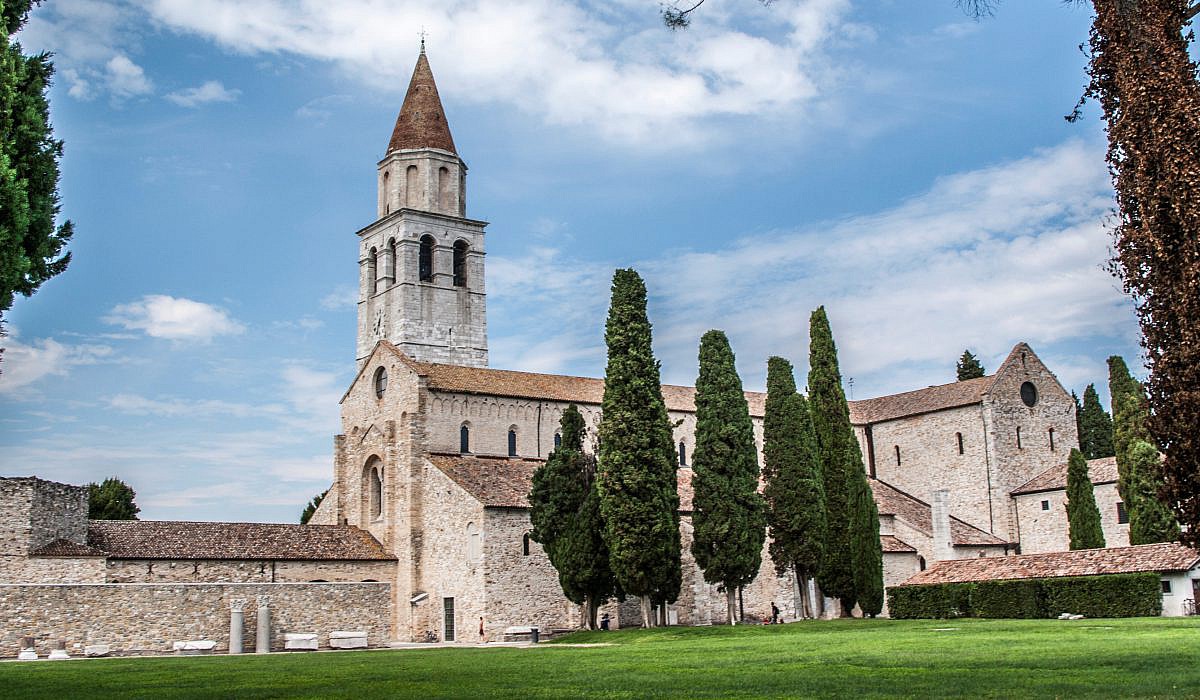
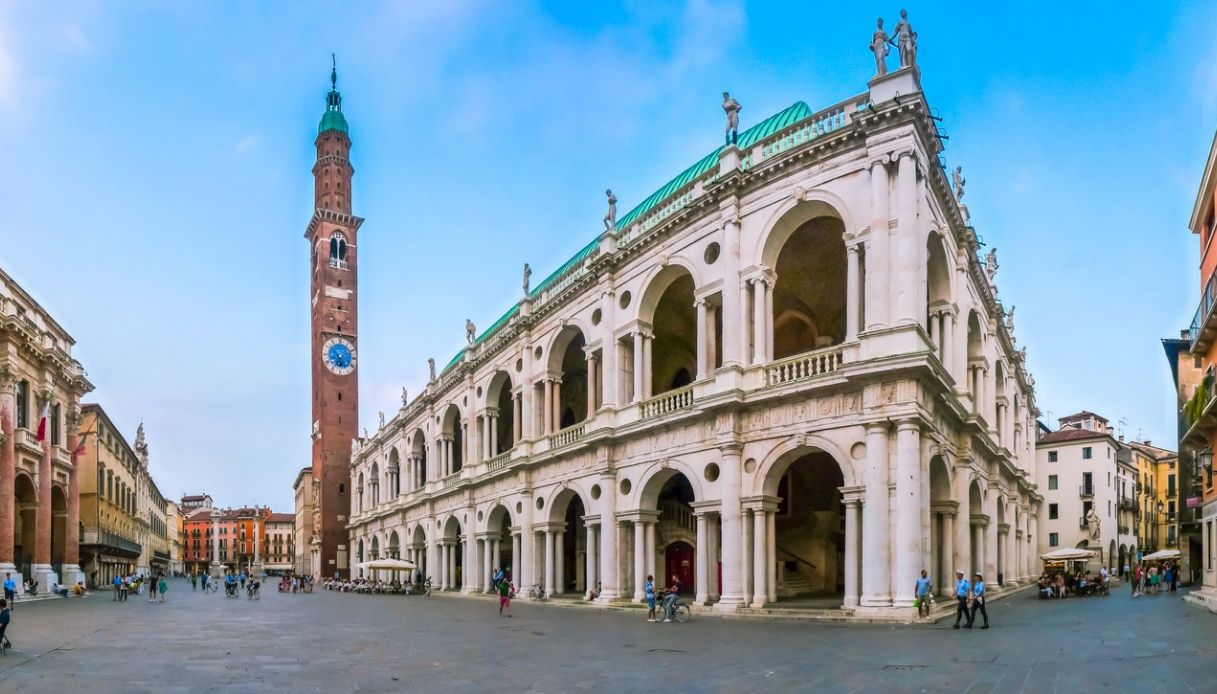
 International cities
International cities

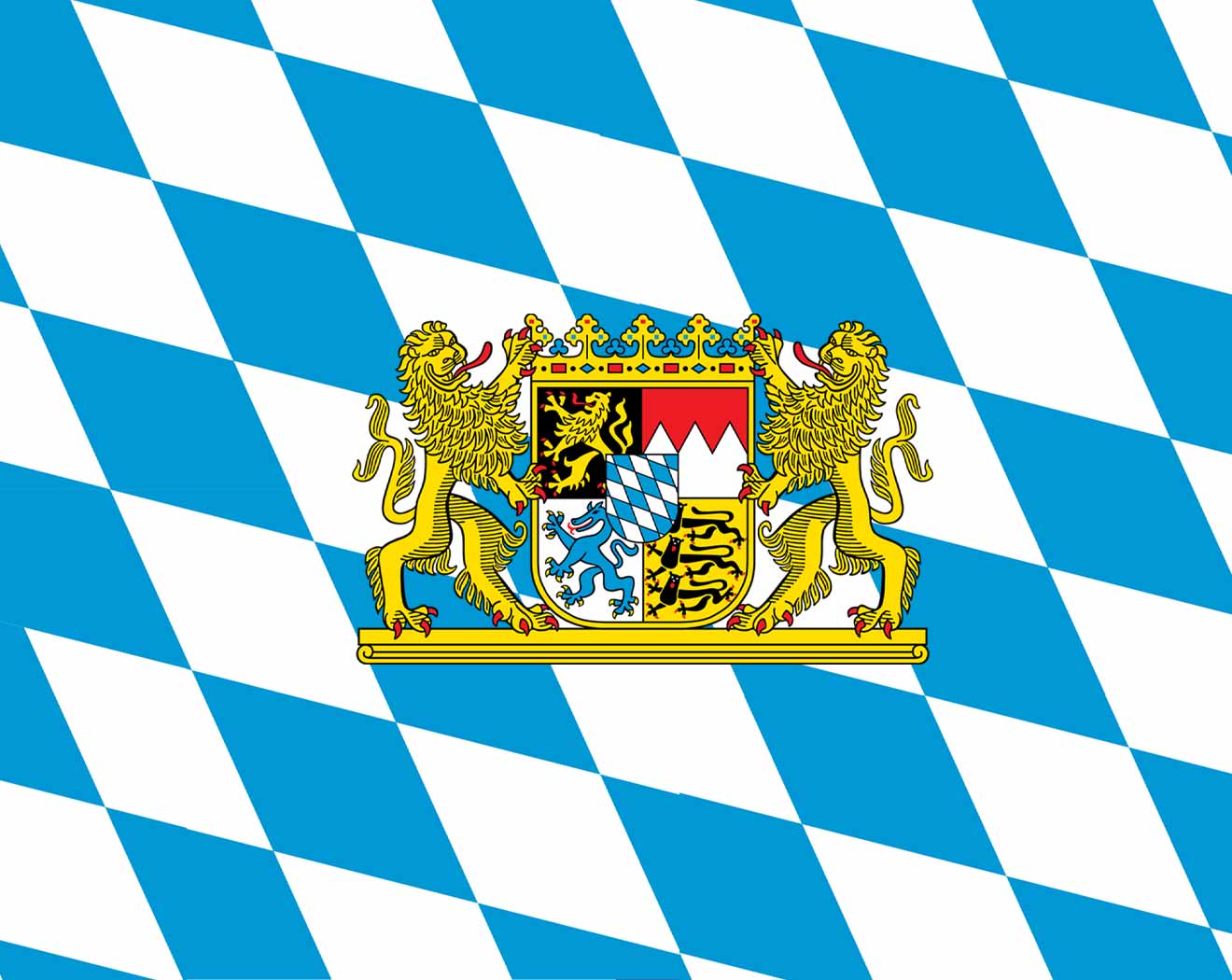 Bavaria
Bavaria
 Vacation and Travel
Vacation and Travel
 Architecture
Architecture
 Emilia-Romagna
Emilia-Romagna
 Religion
Religion
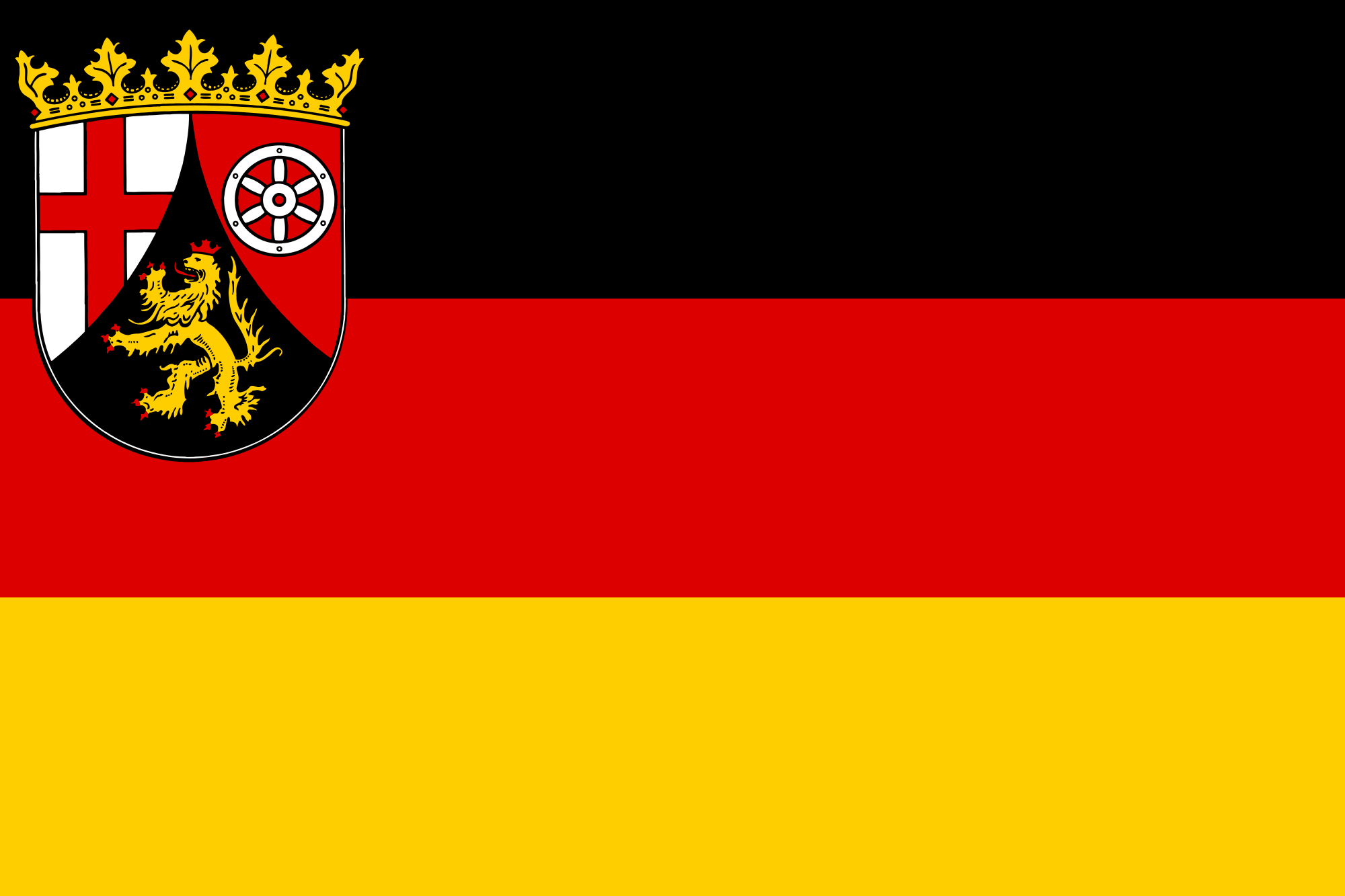 Rhineland-Palatinate
Rhineland-Palatinate
 Review
Review
 Civilization
Civilization
 Eat and Drink
Eat and Drink
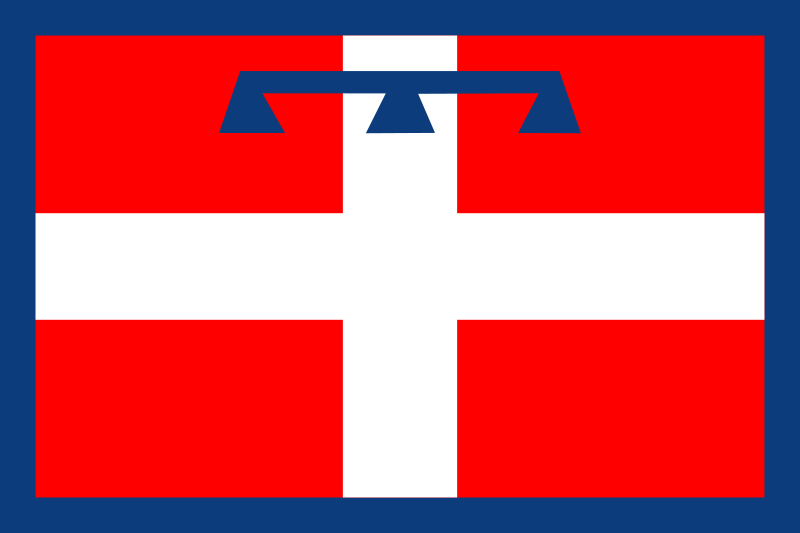 Piemonte
Piemonte
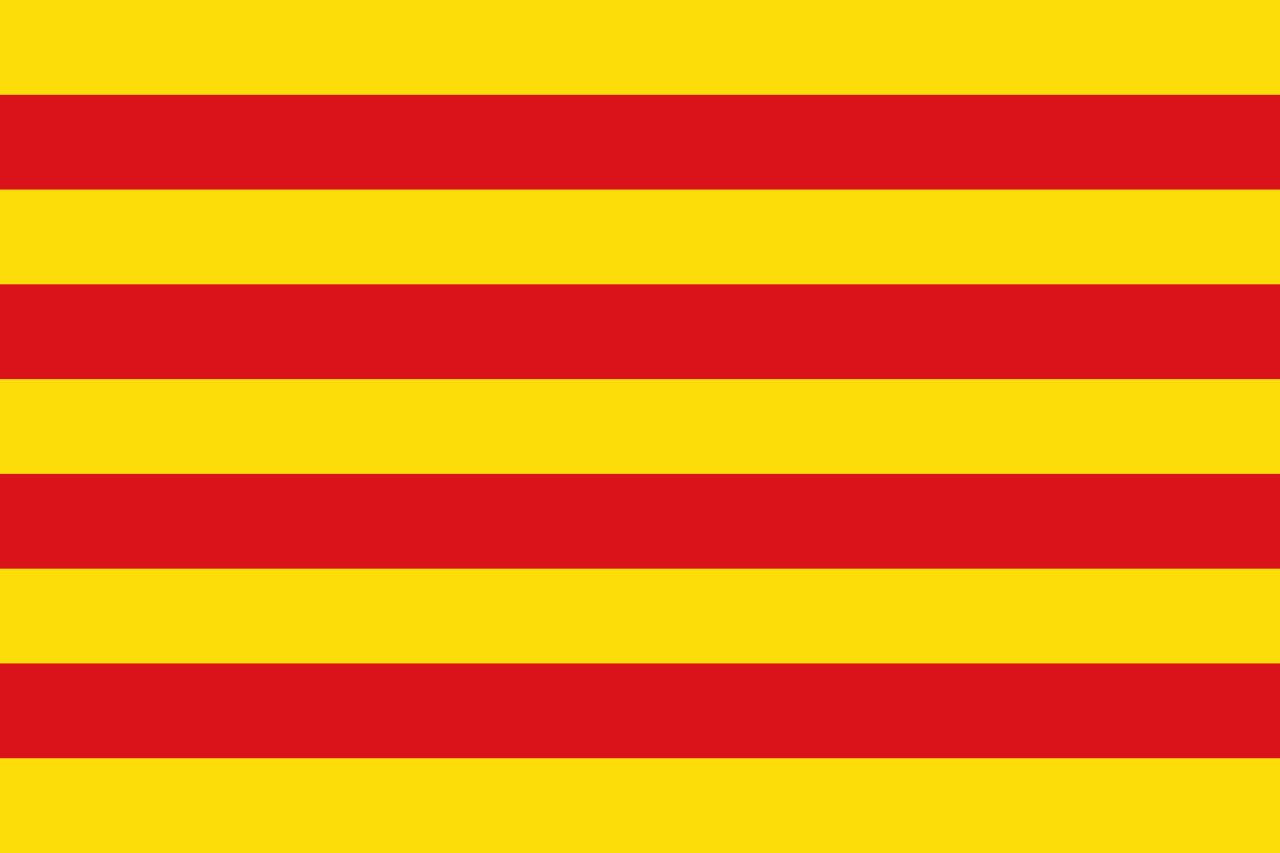 Cataluña
Cataluña
 Cities founded by the Romans
Cities founded by the Romans
 Toscana
Toscana
 Friuli-Venezia Giulia
Friuli-Venezia Giulia